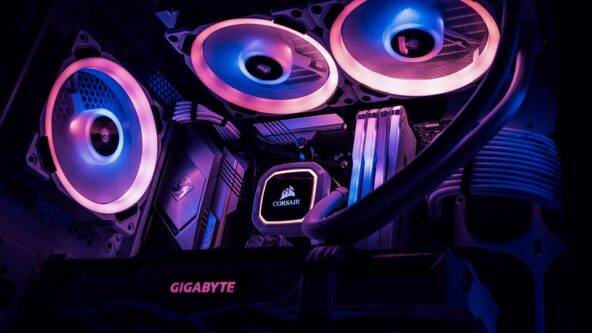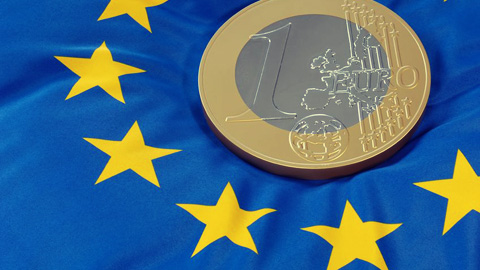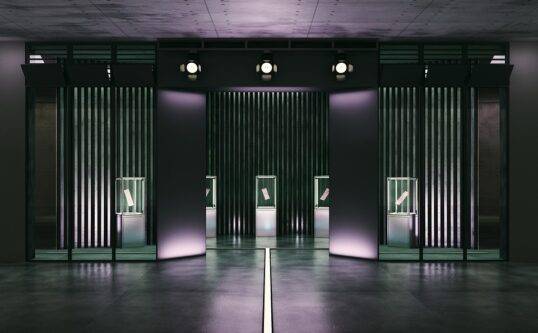Unveiling the Ownership Paradox: How Blockchain Games Are Redefining Digital Property Rights
Digital asset ownership is a pivotal component of blockchain games, shaping both the industry’s advancements and its challenges. As blockchain gaming continues to evolve, understanding the implications of asset ownership is essential for players and developers alike.
The Significance of Digital Asset Ownership in Blockchain Gaming
Each year, my company, Emfarsis, collaborates with the Blockchain Game Alliance (BGA) to conduct a comprehensive survey among blockchain gaming professionals. Consistently, a significant majority of respondents—71.1% this year—identify digital asset ownership as the greatest benefit that blockchain technology can offer to gaming. This trend has remained stable even as the number of survey participants has tripled since our inaugural survey in 2021.
The Current Landscape of Blockchain Games
Despite the strong emphasis on digital asset ownership, many blockchain games currently adopt a free-to-play model that does not necessitate asset acquisition. Furthermore, the anticipated advantages tied to asset ownership remain largely unfulfilled. This situation presents a paradox: the very feature that defines blockchain gaming also poses a barrier to player engagement.
Understanding Digital Asset Ownership
Digital asset ownership grants players legitimate rights to own, trade, and monetize in-game items as tokens and NFTs. During the peak of the play-to-earn trend in 2020-21, this ownership was a clear differentiator between blockchain and traditional games. Early blockchain games required upfront NFT purchases, creating a barrier for potential players who were hesitant to invest in a game they had yet to explore.
- NFTs as Investment Tools: Players viewed NFTs not just as game items, but as investment tools that could generate yield.
- Rental Systems: Some players began renting their NFTs to others, showcasing the decentralized innovation that blockchain enables.
Challenges in Onboarding Players
While the rental model was innovative, it did not adequately address the onboarding challenges. High entry costs and limited asset availability created bottlenecks, hindering user acquisition. By 2022, many blockchain games began adopting a free-to-play model to reduce these barriers.
This shift allowed blockchain features to be optional, encouraging players to engage more freely without immediate financial commitments. The industry recognized the need to prioritize fun over financialization to tap into the $220 billion traditional gaming market, which consists of players largely unfamiliar with crypto wallets and NFTs.
The Paradox of Ownership
This contradiction—where digital asset ownership is both a defining feature and a barrier—illustrates the complexities within blockchain gaming. While ownership is integral to what makes these games unique, enforcing it may deter potential players. The BGA’s 2024 State of the Industry Report highlights this, with over half of respondents (53.9%) citing onboarding challenges and poor user experiences as significant issues.
Future of Digital Asset Ownership in Gaming
This raises an important question: How much blockchain functionality can be removed from a blockchain game before it loses its identity? The current trend of minimizing on-chain experiences prevents the realization of potentially revolutionary Web3 innovations, such as interoperability across different games.
True interoperability demands industry-wide collaboration, yet progress remains fragmented. Developers often treat Web3 as an optional feature rather than a core aspect of game design, limiting its impact on player experience.
The Reality of Ownership in Web3
While the concept of ownership in Web3 is frequently exaggerated, it offers increased agency over digital assets, allowing for quicker transactions. However, the idea of “true ownership” is often misleading, as the value of NFTs largely depends on the developers’ infrastructure.
Notable advancements in the realm of digital asset ownership include:
- ERC-6551: Introduced tokenbound accounts, allowing NFTs to function as their own wallets.
- ERC-4337: Enabled account abstraction for enhanced wallet security and usability.
- ERC-404: Offered flexible ownership of both unique and divisible digital assets.
- Soulbound Tokens (SBTs): Provided non-transferable assets linked to identity and trust.
Concluding Thoughts
As the blockchain gaming industry moves forward, the focus should be on allowing players to enjoy the gaming experience first, while organically discovering the value of digital asset ownership. It’s essential for developers to create engaging experiences that clearly demonstrate the benefits of ownership from the outset.
For more insights into the complexities of blockchain gaming, check out the full article on CoinDesk.







